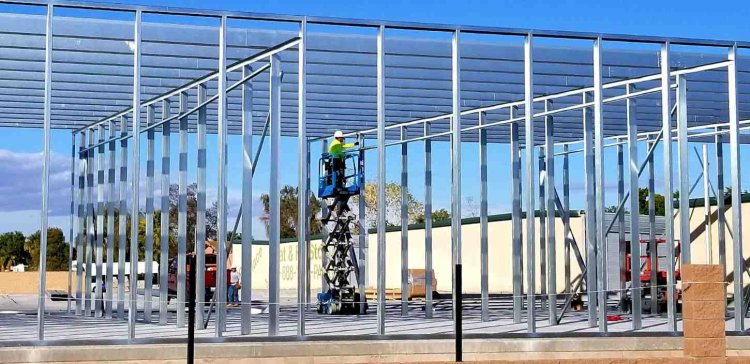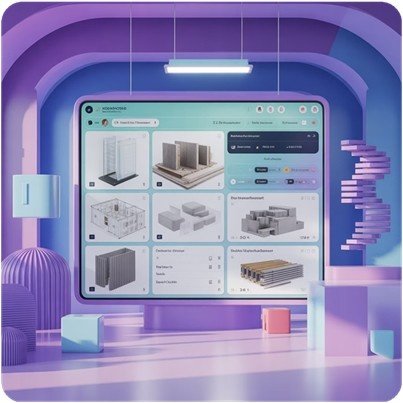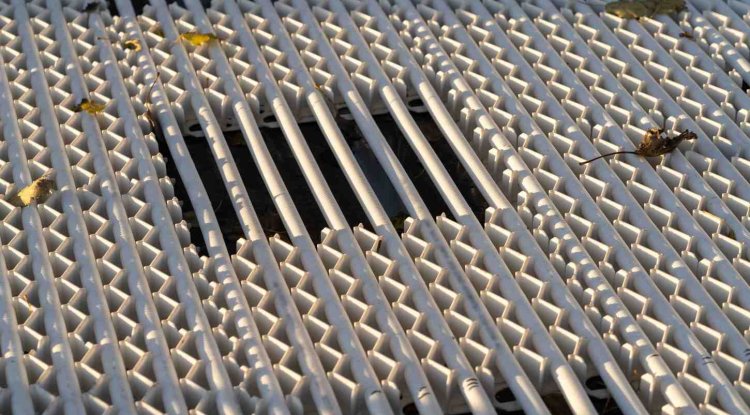Steel Joist BIM Libraries: What to Include and Why
Building Information Modeling has revolutionized how we design, document, and deliver construction projects. But the quality of your BIM output depends entirely on the quality of your component libraries—especially when it comes to structural elements like steel joists.

Why Steel Joist BIM Libraries Matter
The Problem
Many design teams waste countless hours manually modeling steel joists for every project. Without standardized, intelligent BIM objects, teams face coordination conflicts, fabrication errors, and costly rework during construction.
Generic placeholder models simply don't cut it anymore. Fabricators need precise geometry, engineers need accurate load data, and contractors need constructible information — all in one coordinated model.
The Solution
A comprehensive steel joist BIM library transforms your workflow. When your library contains accurate, manufacturer-specific joist families with embedded technical data, your team can design faster, coordinate better, and deliver projects with confidence.
The right library becomes a strategic asset that pays dividends across every phase of your project lifecycle.
Essential Components of a Steel Joist BIM Library
Accurate 3D Geometry
Precise dimensional representation of joist profiles, including depth, chord sizes, and web configurations. Models must match actual fabricated products down to connection details.
Embedded Technical Data
Load tables, span capacities, deflection criteria, and material specifications built directly into each family. This data drives automated schedules and engineering calculations.
Intelligent Connections
Parametric connection points for beams, girders, and bearing supports. Smart connections adapt to project conditions and maintain coordination across disciplines.
Parametric Flexibility
Adjustable parameters for length, depth series, and load conditions. Families should adapt to design changes without requiring complete remodeling.
Geometric Accuracy: The Foundation of Coordination
Your steel joist families must represent real-world geometry with precision. This means modeling the actual chord profiles—whether angles, channels, or bars—along with web member configurations that match manufacturer standards.
Level of Development (LOD) matters here. For early design phases, LOD 200 models with simplified geometry work well. But as you move into construction documentation, LOD 350 models with accurate connection details become essential for clash detection and fabrication coordination.
Don't forget about seated connections, extended ends, and bottom chord extensions. These details often cause field conflicts when modeled generically. When companies like Consac develop BIM libraries for structural fabricators, they focus on these critical details that impact constructibility.
Data That Drives Decisions
01 Standard Load Tables
Embed SJI (Steel Joist Institute) standard load tables directly into your families. Engineers can quickly verify capacity without leaving the model or consulting separate reference documents.
02 Material Properties
Include steel grade, yield strength, and finish specifications. This data flows automatically into project specifications and material takeoffs.
03 Weight and Cost Data
Accurate weight calculations enable structural analysis and cost estimating. Real-time cost feedback helps teams optimize designs before they're locked in.
04 Manufacturer Information
Product codes, availability, and lead times keep your designs grounded in reality. Connect design decisions to procurement requirements early.
Building Libraries That Scale
Organization Strategy:Structure your library by series—K-Series, LH-Series, DLH-Series, and Joist Girders. Within each series, organize by depth and load capacity. Consistent naming conventions make families easy to find and deploy.
Maintenance Matters:BIM libraries aren't set-and-forget assets. As manufacturers update products or SJI releases new standards, your library needs updating. Establish a regular review cycle—annually at minimum—to keep content current and reliable. |
|
Real-World Benefits
60% Faster Modeling
Reduce time spent creating structural framing with ready-to-use, intelligent joist families.
40% Fewer RFIs
Accurate geometry and embedded data prevent common coordination questions during construction.
85% Improved Coordination
Precise models catch conflicts early, before they become expensive field issues.
Building Your Library Strategy
1 Assess Current State
Inventory your existing steel joist families. Identify gaps in coverage, data quality issues, and outdated geometry. Talk to your engineers and detailers about pain points.
2 Define Requirements
Establish LOD standards, data requirements, and naming conventions. Decide which manufacturers and product lines your library must support based on project history and regional availability.
3 Develop and Test
Create families following your standards. Test them in real project conditions with actual design scenarios. Gather feedback from all disciplines who will use them.
4 Deploy and Maintain
Roll out your library with training and documentation. Establish update procedures and assign ownership for ongoing maintenance. A great library evolves with your practice.
Investing in comprehensive steel joist BIM libraries pays immediate dividends in design efficiency and long-term returns through reduced coordination issues and construction problems. Whether you build internally or partner with specialists, the key is starting with a clear strategy and commitment to quality. Your next project will thank you.
What's Your Reaction?

















